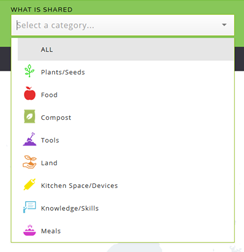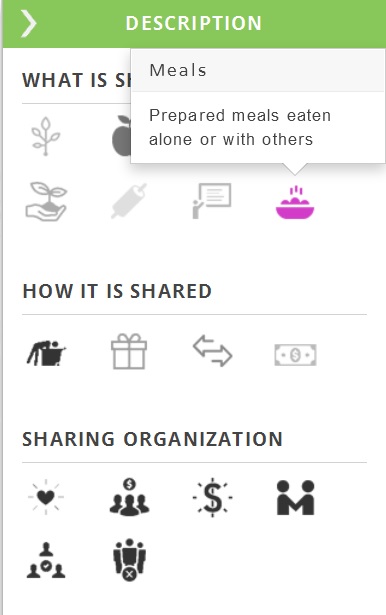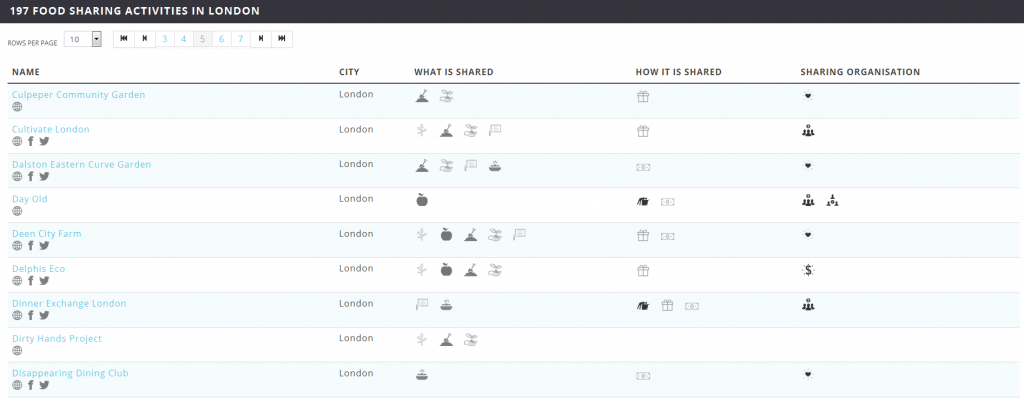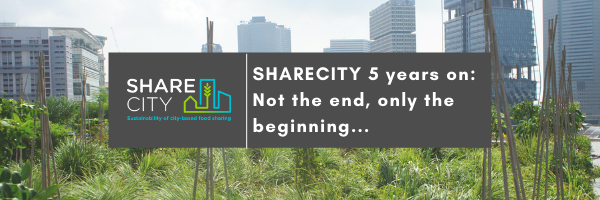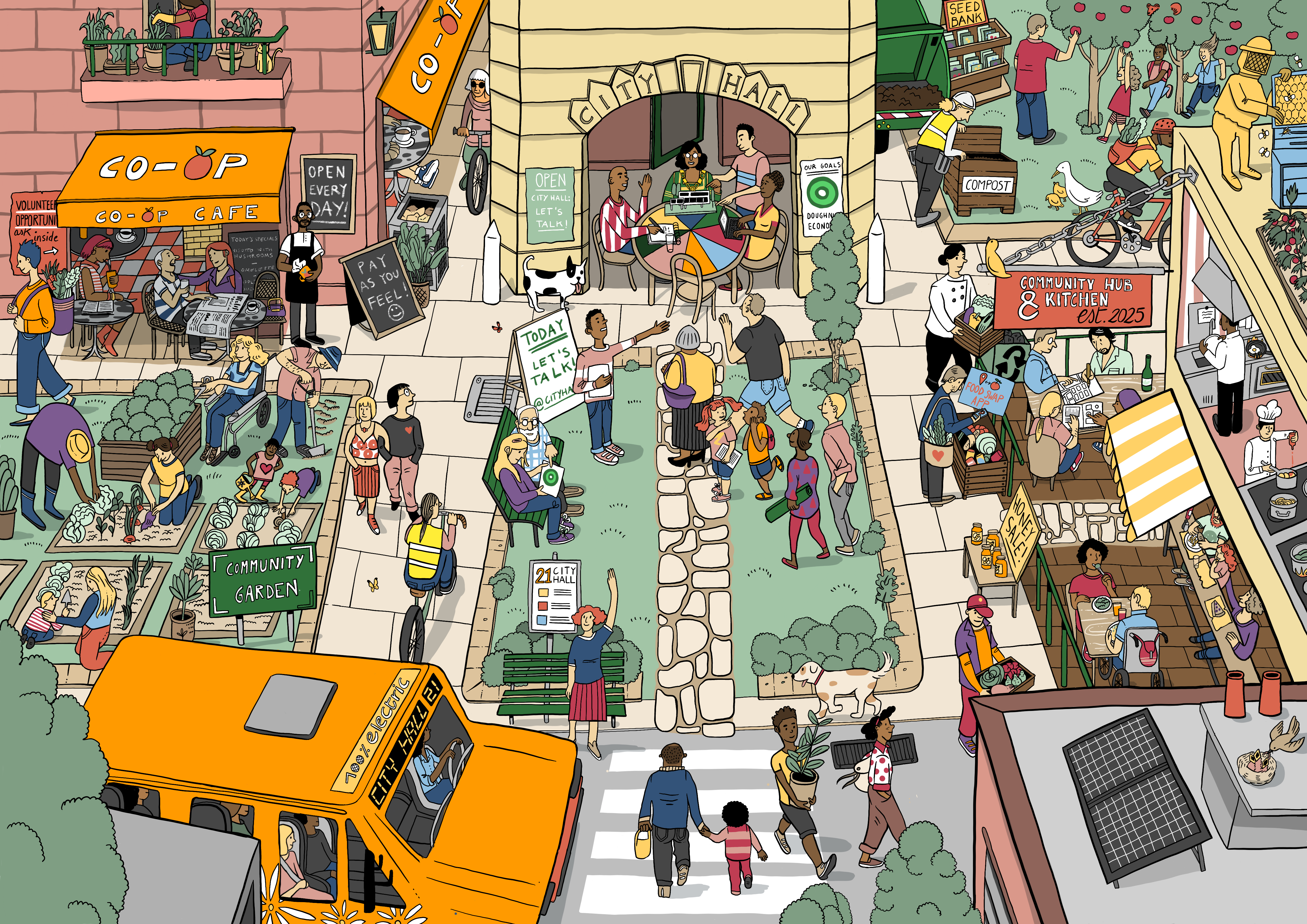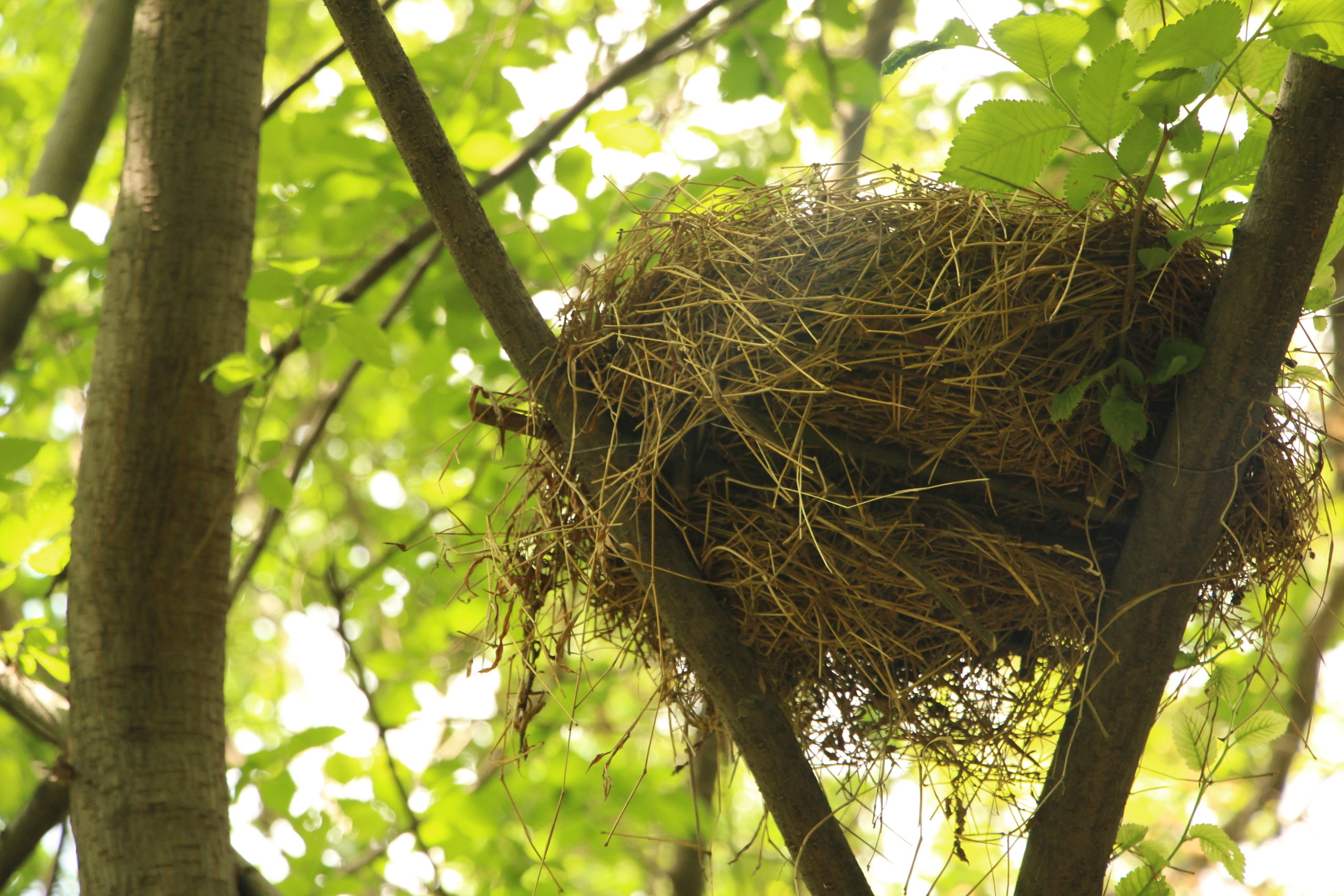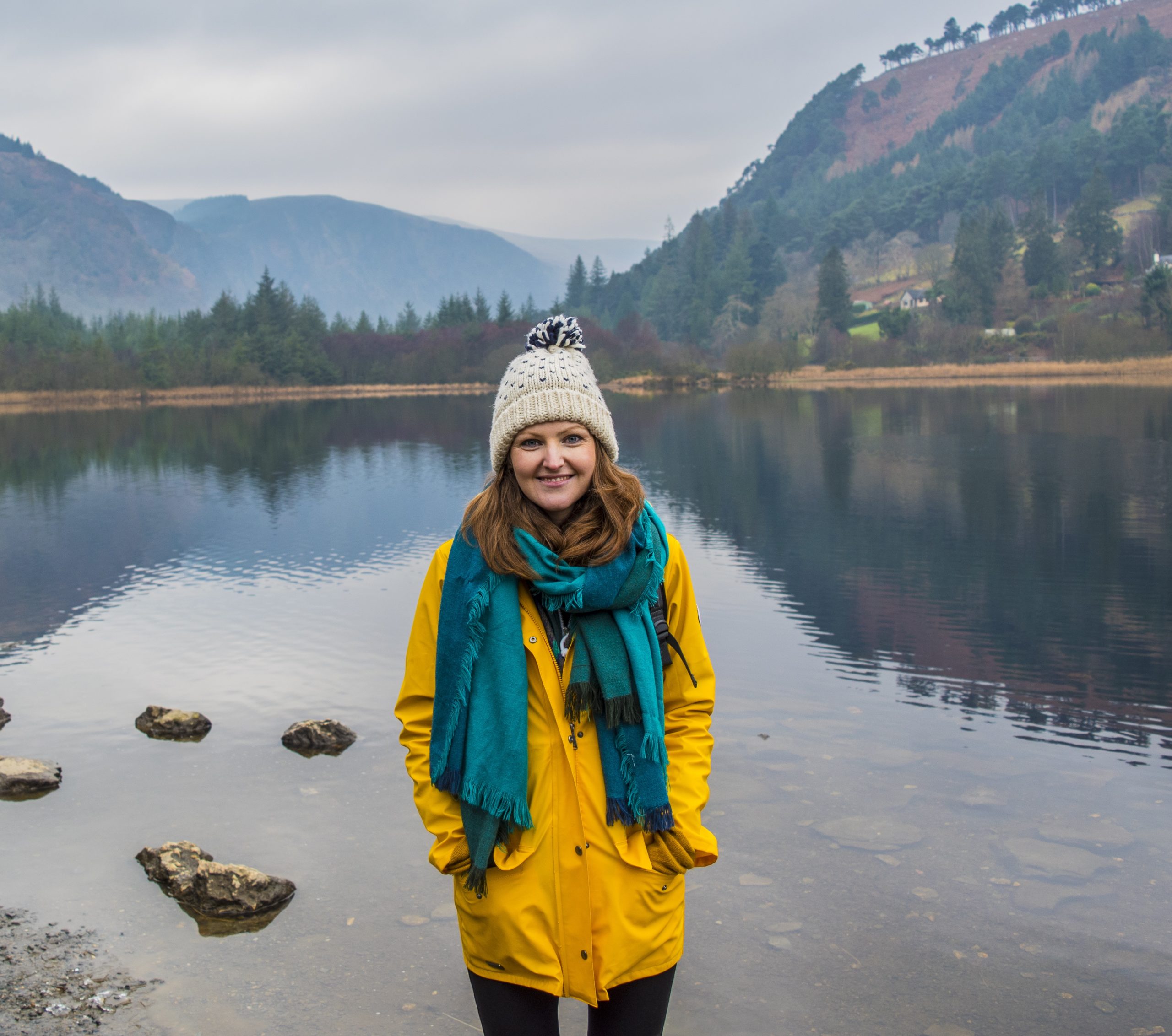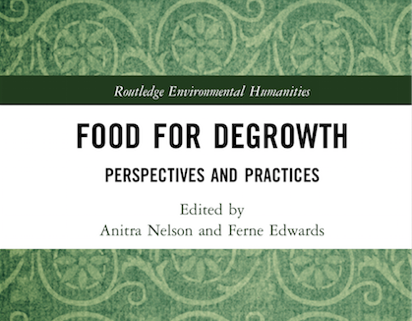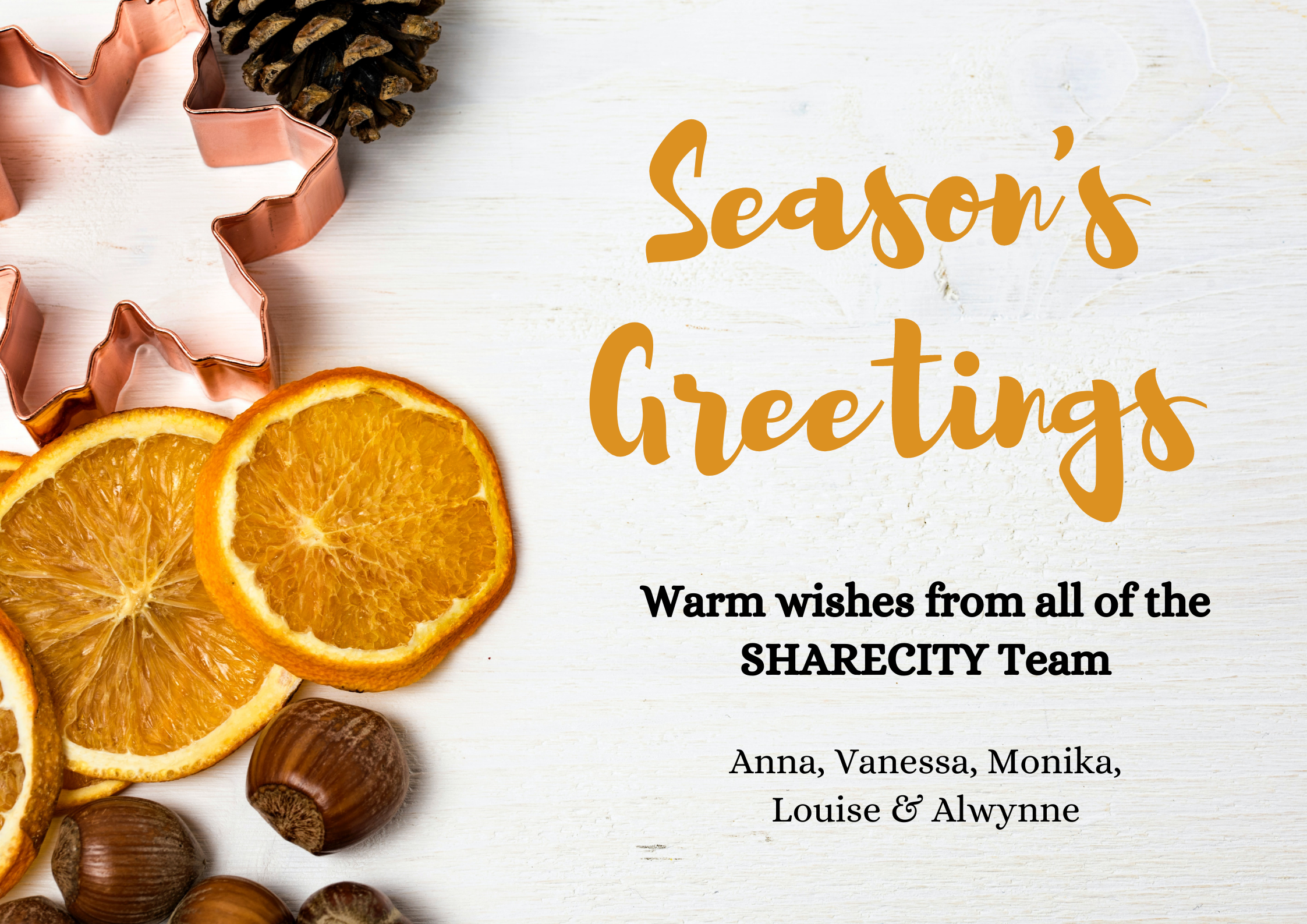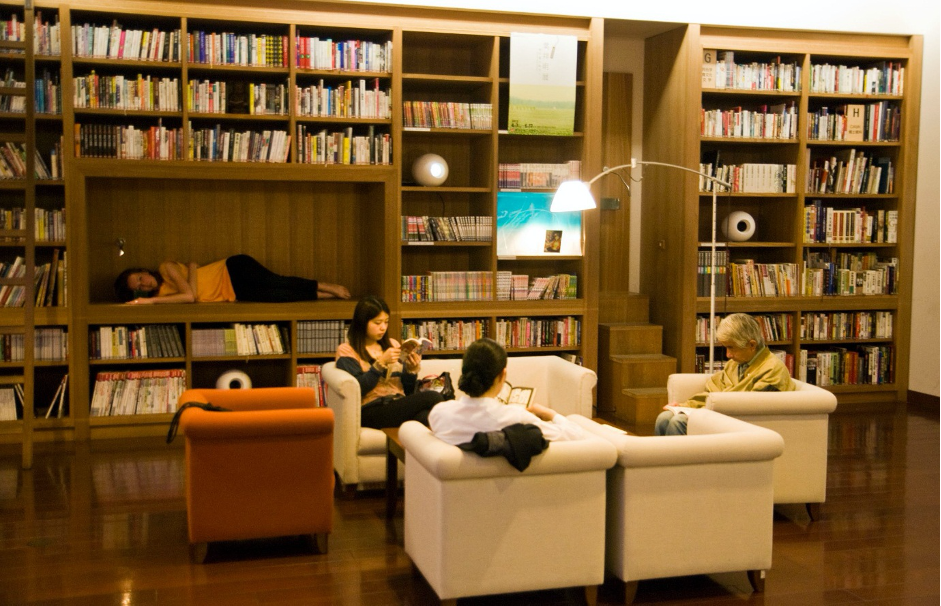SHARECITY100 Database: How To Use It
Published by SHARECITY on the 27th September 2016.
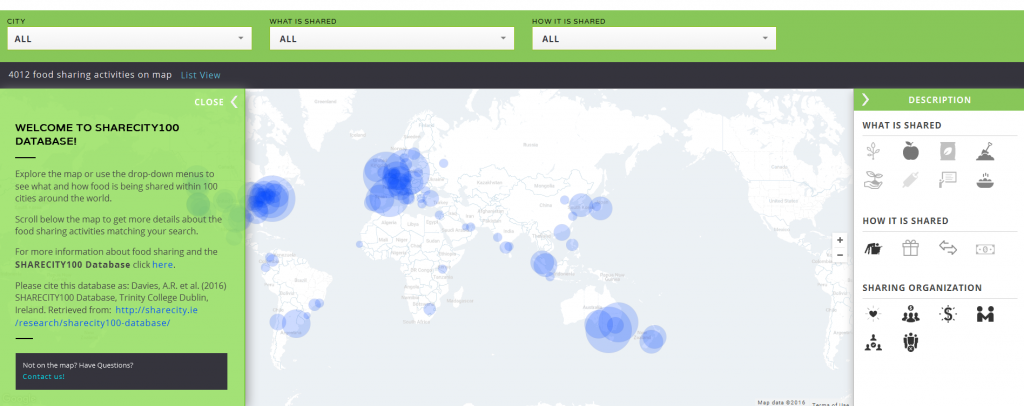
Welcome to the SHARECITY100 Database!
This database houses information for over 4000 ICT enabled food sharing initiatives that meet the SHARECITY criteria for ICT-mediated urban food sharing. We have created a map from this database to locate these sharing activities at the city level. Filters are provided so that you can search by CITY, WHAT IS SHARED and HOW IT IS SHARED to discover activities in our selected 100 cities around the world. Please note that SHARECITY does not endorse any of the enterprises listed.
Read more about food sharing and the SHARECITY100 Database
How to use the SHARECITY100 interactive map
This mapping platform is designed to be a user friendly way for anyone interested in food sharing to explore activities around the world. We envisaged it as resource for a variety of people, which can:
- Provide planners, entrepreneurs and city residents with information about the availability of food in their cities, helping to address food insecurity and food waste.
- Provide city inhabitants with information about spaces to grow, cook or eat together with others helping to build social capital.
- Provide a portal through which information, skills and expertise around growing and cooking can help to encourage greater food production within the city.
- Disseminate innovative new business and exchange models that other cities can learn from, promoting policy learning for sustainable urban food systems.
There are a number of ways for you to interact with the database and find out what is going on in an individual city or across the globe.
Exploring the map using a mouse
A simple way to use the platform is to explore the map directly using a mouse. Each city we researched is represented by a circle, the size of which is related to the number of initiatives located there. Hover over a circle to see what city it represents, and how many activities match your search. In the example below the selected city is Dublin and which has 42 food sharing enterprises. Click on the city name to bring up the results for that city. This list is shown below the map so scroll down to learn more about these activities.
Using the search bars
In addition to exploring the map directly, it is also possible to use the search bars to find particular types of food sharing initiatives in particular places. You can select a city from the drop-down list, these cities are organised by world regions. Alternatively, choose ALL to see the results for all 100 cities around the world. You can also filter by WHAT IS SHARED, and/or HOW IT IS SHARED to narrow down the results and search for specific kinds of food sharing activities.
As the vocabulary of food sharing differs from country to country we have created generic categories. For example, if you are interested in finding:
- URBAN GARDENS, filter by LAND in WHAT IS SHARED
- FOOD SWAPS, filter by BARTERING in HOW IT IS SHARED
- SUPPER CLUBS, filter by EATING TOGETHER in WHAT IS SHARED
- FOOD BANKS & PANTRIES, filter by GIFTING in HOW IT IS SHARED
- FORAGING, filter by COLLECTING in HOW IT IS SHARED
The Legend
Hovering over the icons to the right of the map will bring up a box explaining our definitions of the terms under WHAT IS SHARED, HOW IT IS SHARED AND SHARING ORGANISATION.
The Results
Scroll below the map to see the results of your search. The icons listed will show you what that activity shares and how they share it. Many initiatives are multifunctional, meaning they share a number of food related stuff, skills and/or spaces, sometimes through multiple modes of sharing. In London, for example, The Dinner Exchange London shares both Knowledge & Skills and Meals via Collecting, Gifting and Selling.
This section will also tell you about the organisational structure of the food sharing initiative, or ‘sharing organization’ for brevity.
For more information about enterprises click on the URL, Facebook or Twitter icons beneath the name of the enterprise and this will take you to their pages.
It’s not perfect!
As the first foray into mapping the landscape of food sharing internationally we have had to make decisions about what to include and not include in the database as well as how to categorise and classify different and often dynamic activities. As such we see SHARECITY100 as a snapshot of global food sharing activities that will evolve throughout the project.
The global scope of the project meant that over 23 languages were represented across the 100 selected cities. In addition to the research team’s linguistic skills, we also recruited volunteers with specific language ability to help us search in their native languages. We also reached out through networks, colleagues and the enterprises themselves to inform us of food sharing activities in their areas.
We appreciate that enterprises might have been missed during our delimited search, others might have ceased operations since they were identified and still others will only be emerging onto the landscape. As a result, we welcome feedback and suggestions for updates! While resources are not available to replicate the data collection process again, we will aim to revise the database based on information from users twice a year until 2020.
Please check out our FAQ if you have any further questions about the SHARECITY100 Database.
Thank you!
We would like to say a special thank you to everyone who helped us build this database, in particular:
- Ellen Von Holstein
- Birim Mor
- Laura Martins
- Hounaida Abi Haidar
- Shan Jiang
- Yuki Blakeney
- Hyunwook Choo
- Evangelos Dimos
Their help and language expertise helped us build a more accurate map of global food sharing.
We would also like to say a HUGE thank you to our online database development team at Vm.pl Alicja Wacowska and Jacek Swinton, who brought the concept of our searchable online database to life and made sense of our continually evolving and changing ideas.
Where next?
In addition to mapping the landscape of ICT enabled food sharing internationally, SHARECITY100 has helped us select a suite of cities for in-depth research. The SHARECITY team of researchers will be visiting these cities from 2016-2018 in order to generate greater understanding of food sharing in different urban areas around the world. Keep an eye on the website, where we will be posting more information and the results of our research in the future.
Anna Davies, Marion Weymes, Ferne Edwards, Monika Rut, Brigida Marovelli, Oona Morrow
Terms on Which SHARECITY100 Database May Be Used: 
Creative Commons Deed
SHARECITY100 Database by Anna Davies is licensed under a Creative Commons Attribution-NonCommercial-ShareAlike 4.0 International License. You are free to copy, distribute, display, and use the data to make derivative works from the data under the following conditions:
- Attribution: You must give the original author credit for gathering the data.
- Noncommercial: You may not use the data for commercial purposes.
- Share Alike: If you alter, transform, or build upon the data, you may distribute the resulting data sets only under a license identical to this one.
For any reuse or distribution, you must make clear to others the license terms of these data. Any of these conditions can be waived if you get permission from the copyright holder. Your fair use and other rights are in no way affected by the above.
Please cite this database as: Davies, A.R. et al. (2016) SHARECITY100 Database, Trinity College Dublin, Ireland. Retrieved from: http://sharecity.ie/research/sharecity100-database/
This is a human-readable summary of the Legal Code (Read the full license on the Creative Commons website).
© 2015 - 2024 ShareCity | Web Design Agency Webbiz.ie

